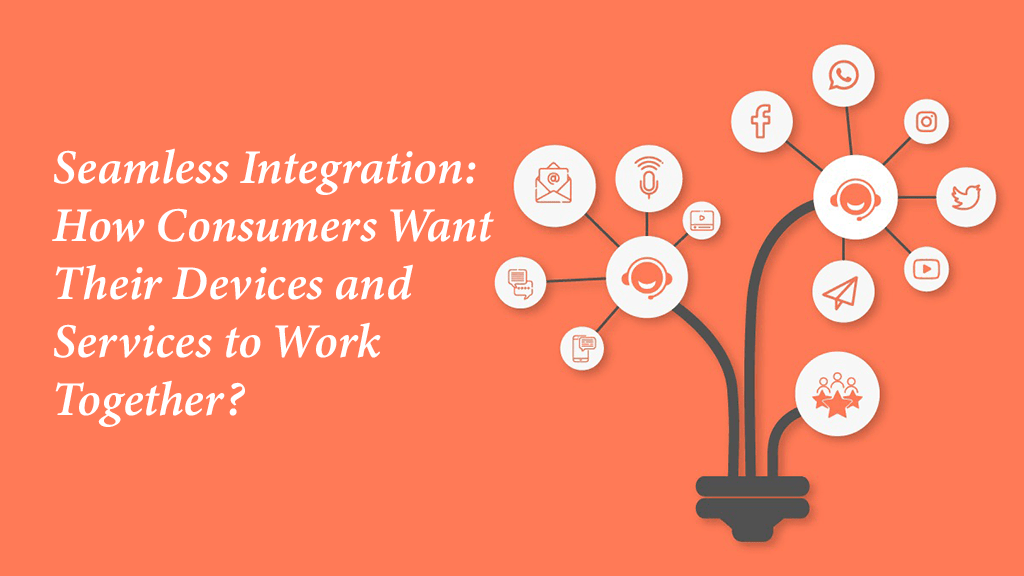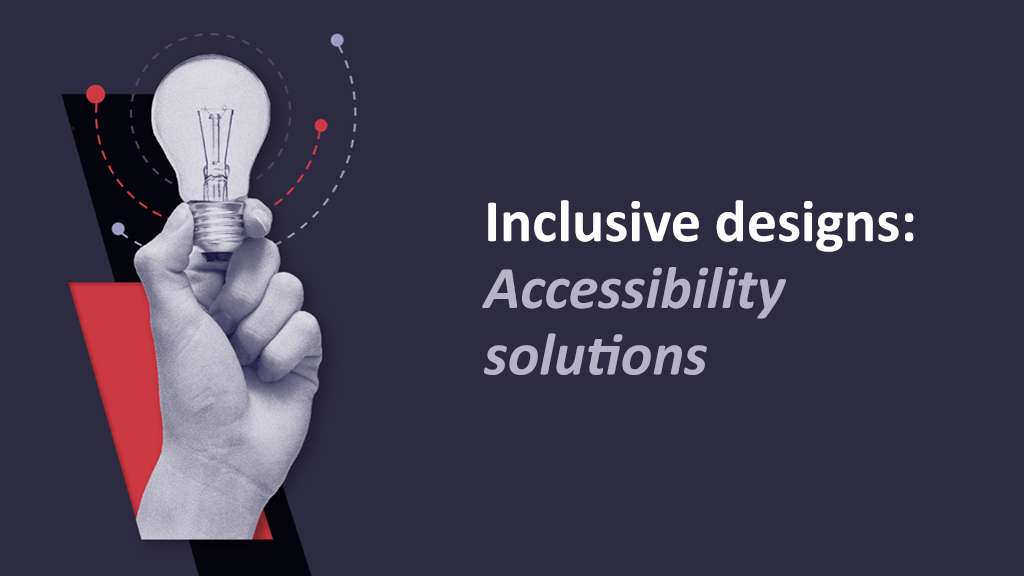Mobile First, Cloud First: Strategies for Modernising Enterprise IT Infrastructure

Why prioritise Mobile First, Cloud First strategy in today’s digital landscape?
It is imperative for modernising enterprise IT infrastructure because it ensures scalability, accessibility, and efficiency in meeting evolving user demands.
Organisations can modernise their IT infrastructure and achieve best enterprise mobility solutions by embracing mobile-first design principles and leveraging the power of cloud computing.
In the mobile-centric world, let’s explore how this approach revolutionises enterprise IT infrastructure for optimal growth.
What is Mobile First, Cloud First Strategy Approach?
“Mobile First, Cloud First” strategy emphasises on prioritising mobile and cloud technologies when it comes to the development and deployment of software and IT services. Contrary to the traditional on-premises IT solutions, this strategy prioritises cloud computing services for infrastructure needs, app development, and data storage.
The fundamental components of a cloud security strategy include data encryption, access control, activity monitoring, data backups, and incident response planning. All of these elements work together to protect data stored in the cloud.
For example, you can consider the cloud as the default option for hosting data, developing, and deploying all new apps. This saves your money, improves security, collaboration, and builds better disaster recovery capabilities.
That’s how it contributes to business mobility and enables them to effectively leverage these technologies to stay competitive and agile.
Cloud First vs. Cloud Only
The primary contrast between adopting a cloud-first approach and embracing a cloud-only strategy lies in the extent to which a company will depend on cloud technologies to underpin its operations.

Cloud-First Strategy
In a cloud-first approach, enterprises do give priority to cloud services, but not necessarily exclusively rely on them. This approach cuts down expenses associated with investing in on-site infrastructure.
However, because some operations are still managed onsite, visibility might not be as clear compared to relying solely on the cloud, i.e, cloud only.
Key Characteristics of a cloud-first approach:
- Opting for cloud-based solutions when initiating fresh projects, applications, and services.
- Assessing cloud alternatives prior to exploring on-site options.
- Leveraging the scalability, adaptability, and inventive features provided by cloud services.
- Employing cloud assets to boost cooperation, ease of access, and responsiveness.
Cloud-Only Strategy
Transitioning to a cloud-only approach involves shifting all operations to the cloud, offering enhanced visibility and innovation potential. However, it demands thorough planning due to significant workload and application adjustments. Organisations may initially adopt a cloud-first strategy before fully committing to cloud-only.
Key characteristics of a cloud-only strategy:
- Completely avoiding the use of in-house infrastructure
- Moving all current tasks and apps to the cloud, simplifying enterprise cloud migration
- Trusting solely in cloud providers for hosting, storage, computing, and networking needs
- Fully welcoming the perks of cloud-native features like auto-scaling and managed services
Factors to Consider When Setting Up a Cloud-First Strategy
- Roadmap for Business Development & Adoption Plan: To pull off the cloud-first strategy, a strong cloud adoption plan is a must. Plan workload migration, tackle risks, acquire necessary skills/tools, and estimate costs for short and long-term success.
- Project Leaders: Internal leadership backing is crucial for successful cloud migration and adoption. That’s why despite seeking help from outside experts for cloud adoption, it’s essential to have internal advocates within the organisation to champion the project and secure support.
- Regulatory Compliance & Security: Mapping out security measures for the entire journey involves protecting data, managing identities, controlling access, and following industry rules and regulations.
- Expense Control & ROI: Monitoring tools, cost management techniques, and expense tracking are all part of managing cloud costs. This aids in budgeting, recognising spending trends, and identifying opportunities for cost savings.
- Legacy System Integration: It’s critical to prepare how outmoded systems will work with cloud settings for businesses that rely significantly on them. Overcome integration obstacles by devising strategies to migrate legacy apps and modifying them to function seamlessly with cloud-native solutions. This alignment protects prior tech investments while maximising cloud advantages for organisations.
- Migration Execution: Certain companies may successfully transfer their data and software to cloud systems entirely. However, many still grapple with legacy tasks unsuited for cloud hosting. Assess workload importance and weigh cloud migration’s pros and cons for a more methodical adoption strategy.
- Internal vs. External Skills: To successfully integrate internal workers in a cloud-first approach, give them proper training and resources as a top priority. Think about domains such as technical skills, cloud architecture, cybersecurity, and DevOps. Determine whether more team members or outside specialists are required to make up for any skills gaps.
The Benefits of Cloud First Approach
- Data Encryption: Since public cloud services operate on a pay-as-you-go basis and spare firms from upfront infrastructure costs, adopting a cloud-first strategy has substantial cost benefits. Thus, enabling better resource distribution for growth-focused projects.
- Scalability: Compared to previous methods, cloud-first technologies enable rapid resource expansion, allowing for speedy adaptability to changing demands without sacrificing performance or requiring unnecessary investment.
- Reliability: Enterprises encounter hazards such as cyberattacks, network malfunctions, and natural disasters. They require redundancy and multi-data centre cloud services to ensure continued operation.
- Visibility: It might be difficult to manage tasks in various settings. Cloud platforms provide capabilities to improve visibility, track performance, and effectively optimise and modernise your IT infrastructure.
- Collaboration: Cloud apps provide for real-time access across a range of devices, which makes it easier to collaborate and increase productivity. They also improve efficiency, decision-making speed, and team communication, contributing to IT infrastructure modernisation.
Examples of Mobile First & Cloud First
The mobile-cloud integration creates a unified user experience and seamless accessibility by enhancing mobile apps with advanced capabilities like real-time syncing, enhanced processing, and extended storage.
Mobile First Examples
- Responsive Web Design: Websites are designed to be flexible enough to adjust to the wide range of mobile screen sizes and rotations while maintaining optimal viewing quality.
- Mobile-Friendly Interfaces: Touch-based navigation is supported by user interface design, which makes sure that buttons and links are easily tappable and that content is readable even on small screens.
- Location-Based Services: Applications use GPS technology to deliver location-specific services, including recommending restaurants in the area or providing exclusive deals on shopping depending on your present position.
- Mobile Payment Integration: In order to make transactions easier when on the go, E-commerce sites prioritise mobile payment options like Apple Pay or Google Wallet.
- Push Notifications: Push notifications are a useful tool used by mobile applications to encourage user contact and provide timely information, which improves the user’s interaction and overall experience.
Cloud-First Examples
- Netflix: Using a cloud-based infrastructure that distributes video to mobile devices globally, the streaming platform has spearheaded the streaming services industry, setting itself apart from traditional cable services that are limited by technology requirements and regional restrictions.
- Uber: Uber employs cloud computing for data organisation and mobile technology for instant ride services, disrupting traditional taxi services reliant on conventional call dispatch systems.
- Slack: Slack is a cloud-based collaboration service geared for mobile devices that allows team members to communicate in real time, unlike traditional desktop-based communication platforms.
- Dropbox: It revolutionised the interchange and storage of files by launching a cloud-based data storage system that can be accessed from any portable device, providing an alternative to server-dependent or physical storage solutions.
Conclusion
The bottom line is that putting into practice a plan that gives priority to cloud adoption — whether it is cloud-first or cloud-only — can be advantageous for a lot of businesses, depending on their unique cloud computing goals and the difficulty of integrating it with current systems.
In light of the changing climate, including cloud environments into your IT infrastructure seems to be the right course of action.


Seamless Integration How Consumers Want Their Devices and Services to Work Together
July 17, 2024 Read More

